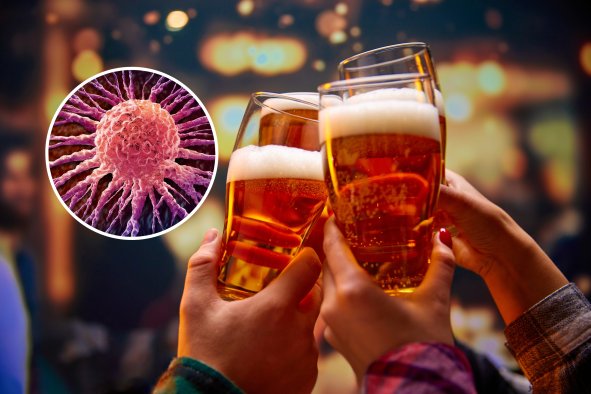Your support helps us to tell the story
Support NowThis election is still a dead heat, according to most polls. In a fight with such wafer-thin margins, we need reporters on the ground talking to the people Trump and Harris are courting. Your support allows us to keep sending journalists to the story.
The Independent is trusted by 27 million Americans from across the entire political spectrum every month. Unlike many other quality news outlets, we choose not to lock you out of our reporting and analysis with paywalls. But quality journalism must still be paid for.
Help us keep bring these critical stories to light. Your support makes all the difference.
Microplastics have been found in dolphin breath, suggesting the animals could be exposed to the potentially harmful particles through inhalation.
In a study researchers collected samples of exhaled air from five bottlenose dolphins in Sarasota Bay, Florida, and six bottlenose dolphins in Barataria Bay, Louisiana.
They found that all 11 dolphins had at least one suspected microplastic particle in their breath.
Further analysis revealed that they included both fibres and fragments and included several types of plastic molecules, including polyethylene terephthalate (PET), polyester, polyamide, polybutylene terephthalate, and poly(methyl methacrylate), also known as PMMA.
Finding microplastics in the exhaled breath of dolphins highlights how extensive environmental microplastic pollution is
Study authorsStudy authors Miranda Dziobak and Leslie Hart, both of the College of Charleston in South Carolina, US, said: “Not only did we find that many of the dolphins were exposed to these chemicals, but their levels were higher than those found in humans.
“We do not yet know exactly where these chemicals are coming from, but the evidence points to plastic pollution as a possible source.
“There are trillions of tiny plastic particles (microplastics) floating in the oceans, and dolphins are likely exposed to them through what they eat and the air they breathe.
“We’ve been exploring the ingestion component for the past couple of years, finding microplastics in their stomach contents and prey fish. Now it’s time to explore the other primary exposure route.”
They added: “Finding microplastics in the exhaled breath of dolphins highlights how extensive environmental microplastic pollution is.
“Because of their large lung capacity and deep breaths, we are worried that breathing in microplastics may damage their lungs.
“Finally, studies like this also warn us of hazardous exposures that people living and working in the coastal environment may be facing.”
For the study published in the Plos One journal, the researchers held a collection surface over or just above each dolphin’s blowhole as it exhaled in order to collect the samples.
They also sampled the surrounding air near the dolphins, allowing them to confirm the microplastics they detected were not just airborne near the blowholes but were actually exhaled.
Disclaimer: The copyright of this article belongs to the original author. Reposting this article is solely for the purpose of information dissemination and does not constitute any investment advice. If there is any infringement, please contact us immediately. We will make corrections or deletions as necessary. Thank you.



